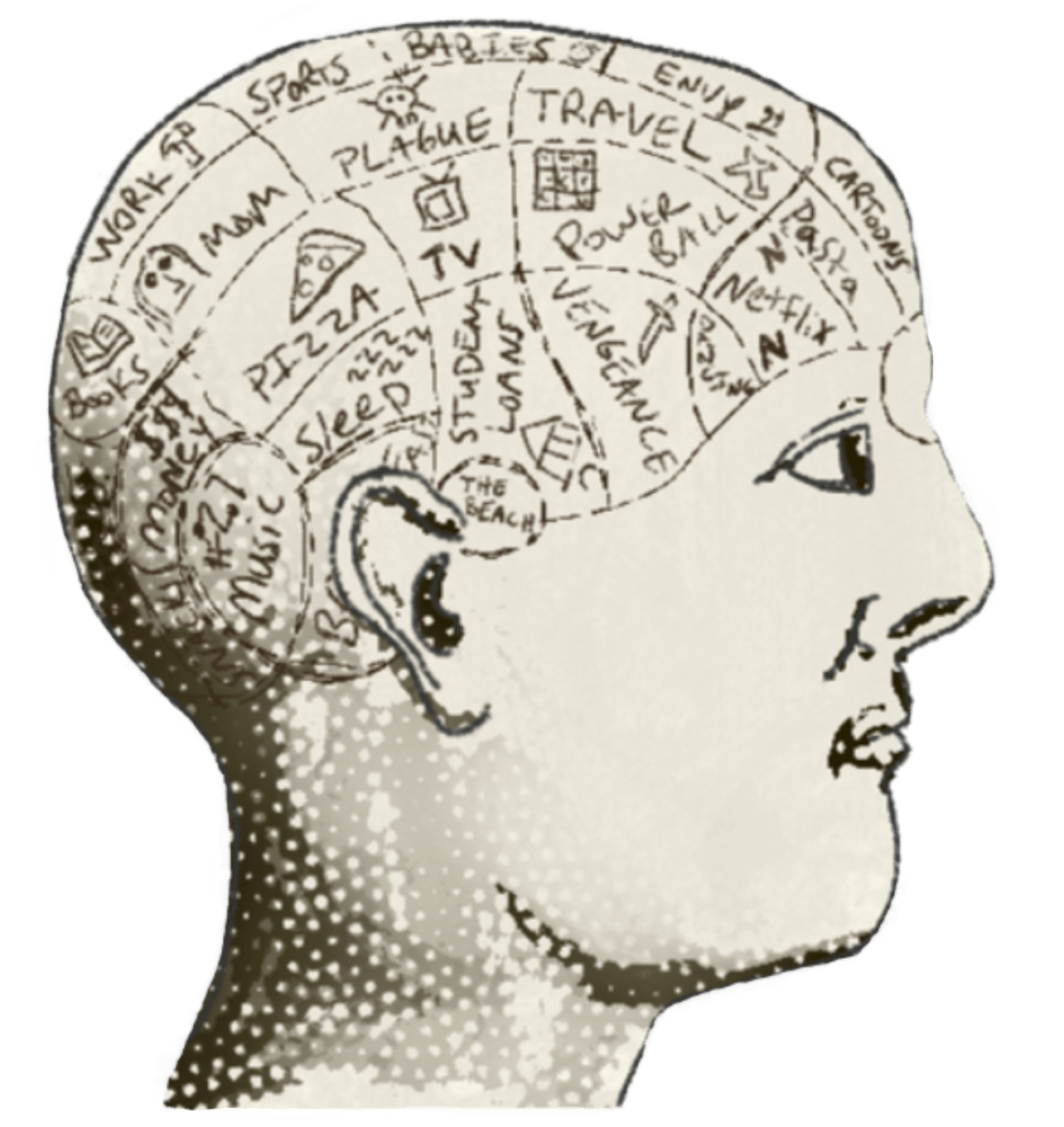The Temporary Alternative Worlds of Virtual Gatherings
How can virtual gatherings create more meaningful in-person gatherings?
Note: Kelly’s follow-up post to this article can be found here.
In Chapter 4 of The Art of Gathering, Priya Parker makes the case for designing a temporary alternative world for your gathering. How? Through pop-up rules, or constraints, that you ask guests to agree to for the duration of the gathering. Contrasted with the fixity, exclusion, and implicitness of etiquette,
“[pop-up] rules are explicit and become an experimental game. There is a certain kind of fun in trying something for a bounded moment. The kind of restriction that might feel oppressive if permanent can seem compelling and intriguing when it applies sometimes, as part of a conscious effort to create that temporary alternative world.”
A few weeks ago in the Museums as Progress book club, where we’re reading Parker’s book, we talked about how this idea mapped onto the museum context. Assumptions of etiquette lead many museum visitors, we discussed, to adopt the behavior of being quiet and whispering, moving in a certain way, and taking in information from the wall labels or audio guide. Could pop-up rules be used to create alternative, surprising, and delightful ways to experience a museum?
Our discussion converged around the idea that when museum experiences move outside of the institution’s walls, they oftentimes find greater success in creating a temporary alternative world, in some cases creating models or blueprints for how that alternative world can be fostered inside. Some of these examples include yoga classes in the museum’s sculpture garden, and even the immersive Van Gogh experience. Perhaps most compellingly, however, we realized that many virtual meetings and programs have been successful at creating temporary alternative worlds that invite different behaviors, norms, and ways of engaging than are typical inside the museum.
In the context of my work with Gather Learning designing online community spaces for museums, this raised an interesting question for me: Have the constraints and opportunities of virtual formats for gathering online inspired new approaches to designing in-person gatherings?
For example, MAP’s telephone booth-style conversations in Crossing Wires create a personal connection with another person in the community, which could inspire partnering with someone for a back-to-back walk through a museum. Similarly, the efficacy of Zoom breakout rooms to facilitate small group conversations can lead to reprioritizing the role of small group connections in building museum experiences. A museum colleague recently mentioned to me that in the Zoom meeting format—and even in some webinars with active chats—you can create more intimacy among a large group of 100+ participants than they ever felt in a lecture theater.
I’d like to turn this question over to MAP readers to hear how you’ve been inspired by the constraints and opportunities of digital meeting formats to try something new in your next in-person gathering.
As museums grapple with safely returning to in-person programs, this can be another lens through which to consider how to balance in-person programming with continued virtual or hybrid programming, by focusing on how to design and optimize for the best that each format can deliver.
I’ll share back the results here and thank you for your care and effort in responding to these questions.
Here again is the link to the survey: https://research.museumprogress.com/gathering
Kelly
